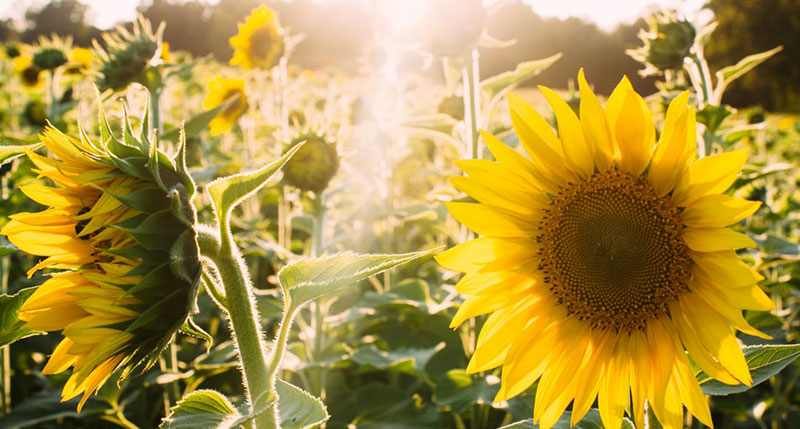It’s easy to feel sorry for ourselves or experience anxiety during the COVID-19 pandemic. We didn’t want our lives to change so dramatically, and we didn’t do anything to “deserve” this complete change in lifestyle, and yet here we are, enduring it together.
But there’s a way we can get through this in a better state of mind: By incorporating a gratitude practice into our daily lives.
Psychology Today notes that there are at least 7 scientifically proven benefits of gratitude:
- Gratitude paves the way to better relationships
- Gratitude improves your physical health
- Gratitude improves your mental health
- It enhances empathy and lowers aggression
- Grateful people sleep better
- Gratitude can improve self-esteem
- Gratitude increases your mental strength and resilience
So, how can you take advantage of this powerful (and free!) benefit in your daily life? Here are five ways to cultivate a gratitude practice with yourself, family and friends:
- Start a gratitude journal. Whether it’s on your tablet, phone, laptop or in a paper notebook, a daily gratitude journal is a powerful way to get your mind in a positive space during a difficult time. A wonderful way to start each morning is to write down 3 things you’re grateful for. They can be as simple as “a hot shower to start the day” or “the flowers in bloom outside” and can also include people, places and activities you’ve enjoyed or hope to enjoy soon when this global pandemic comes to an end.
- Write a thank-you note. Who is deserving of your thanks? A friend who has gone above and beyond during this crisis? Someone you forgot to thank for a favor a few months ago? Your parent, child, partner or sibling? Writing your gratitude is a powerful way to connect with this positive practice. You’ll make yourself happier, and you’ll undoubtedly make the recipient’s day better. You can mail, email or hand-deliver this note, or even utilize technology to read it to the recipient in person (virtually, or from a safe social distance of 6 feet away). Develop the habit of writing one such note each month—and every once in a while, write a thank-you note to yourself.
- Text your gratitude. There’s great benefit to sharing this practice of gratitude. On days when you’re feeling down or wrapped up in all of the negative changes this pandemic has brought, a text message from a friend listing their daily gratitudes can help you refocus on the abundant good things in your life rather than on those things that you don’t have right now.
- Get the kids involved. Teaching others the benefit of showing gratitude is one of the best parts of a gratitude practice. So why not get the kids involved? They likely have lots of time and creative energy to share, so get out the art supplies and make cards or posters for your community’s health care workers, police force, firefighters, garbage collectors, recycling collectors, delivery people, grocery clerks and pharmacy workers who are helping to keep the community going and keeping us safe and healthy. Your efforts will be greatly appreciated, and you’ll teach your kids the importance of practicing gratitude and show them how great it feels.
- Mental gratitude. While you’re washing your hands—something we all likely spend much more time doing these days than ever before—think of someone you’re grateful for and thank them in your mind. It might be a grade-school teacher who taught you to read, or the neighbor who loaned you a garden tool or helped with an errand, or a stranger who showed you a kindness recently (or even years ago!). By focusing on the good things in life, we are creating positive channels in our brains and training our awareness to look for the most positive aspects of the crisis we’re all in together.
Please be safe, stay well and take good care of yourself and others during this crisis.

